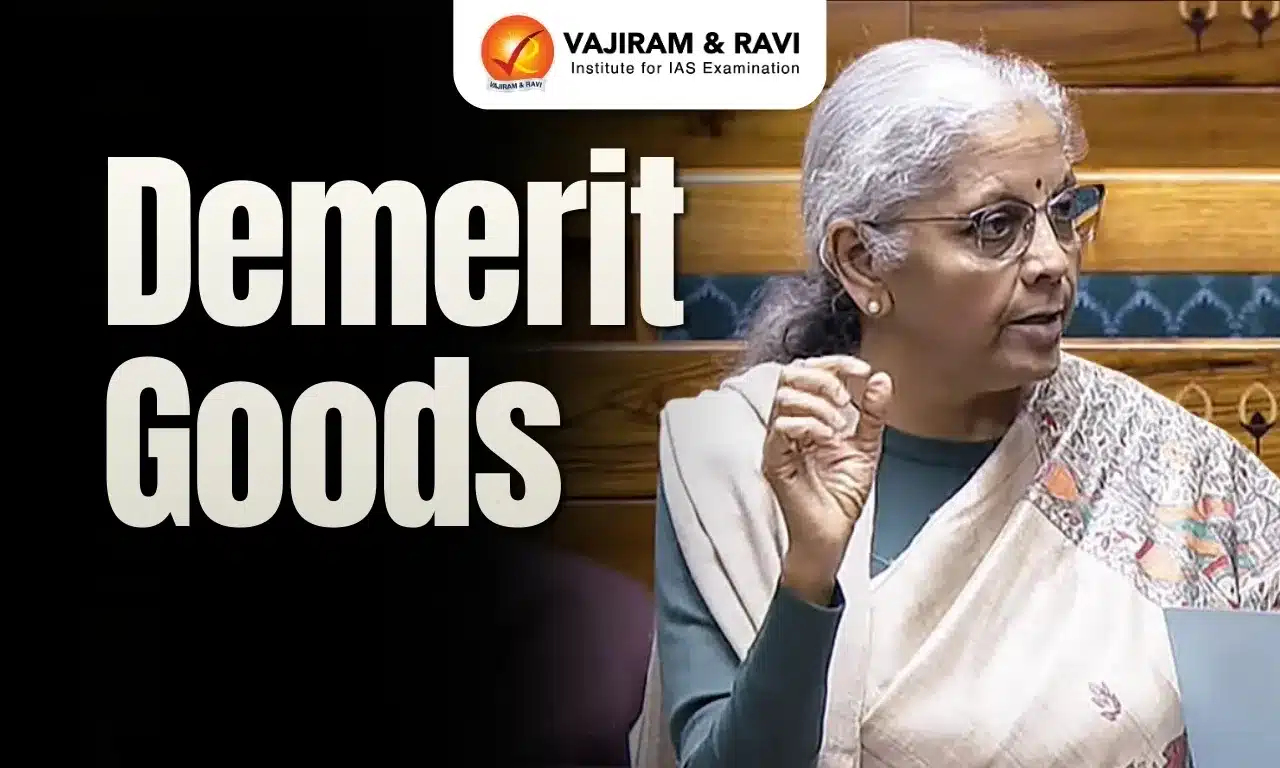What’s in Today’s Article?
- Why in News?
- What is a Sovereign Credit Rating?
- Issues with the Methodology of Credit Rating
- Recommendations Given by the CEA to Reform Credit Rating
Why in News?
- In an essay ‘Understanding a Sovereign’s Willingness to Pay Back: A Review of Credit Rating Methodologies’, the office of the CEA in the Finance Ministry has called for urgent reforms and transparency in the process of sovereign credit rating.
- According to the Chief Economic Advisor (CEA), methodologies used by agencies (CRAs) are heavily loaded against developing countries like India due to an “over-reliance” on non-transparent and subjective qualitative factors.
What is a Sovereign Credit Rating?
- A sovereign credit rating is a measurement of a government’s ability to repay its debt, with a low rating indicating high credit risk.
- Typically, rating agencies use various parameters to rate a sovereign. These include growth rate, inflation, government debt, short-term external debt as a percentage of GDP and political stability.
- A favourable credit card rating enhances credibility and signifies a positive track record of timely loan repayment in the past.
- It assists banks and investors in evaluating loan applications and determining the interest rates to be offered.
- The global credit rating industry is highly concentrated, with three leading agencies: Moody’s, Standard & Poor’s, and Fitch.
- While S&P and Fitch rate India at BBB, Moody’s rates the South Asian country at Baa3, which indicates the lowest possible investment grade.
- This is despite India climbing the ladders from the 12th largest economy in the world in 2008 to the 5th largest in 2023, with the 2nd-highest growth rate recorded during the period among all the comparator economies.
Issues with the Methodology of Credit Rating
- A quantitative analysis showed that over half the credit ratings are determined by the qualitative component.
- Institutional Quality, proxied mostly by the World Bank’s Worldwide Governance Indicators (WGIs), emerges as the foremost determinant of a developing economy’s credit rating.
- This presents a problem since these metrics tend to be non-transparent, perception-based, and derived from a small group of experts, and cannot represent the willingness to pay the sovereign.
- Their effect on the ratings is non-trivial since it implies that to earn a credit rating upgrade, developing economies must demonstrate progress along arbitrary indicators.
Recommendations given by the CEA to Reform Credit Rating
- The CEA recommended relying mainly on a country’s debt repayment history to determine its ‘willingness to pay’, instead of “less-than-optimal” qualitative information.
- Such a model will do enormous good to the credibility of the CRAs.
- Qualitative information and judgement can be the last resort when all other options for applying authentic, verifiable information are precluded.
- Even if governance indicators are to be relied upon, they must be based on clear, well-defined, measurable principles rather than subjective judgements by CRAs.
- CRAs tend to have a detailed database of best practices from around the world, which they apparently rely upon to form their judgements.
- This knowledge must be shared with the countries they rate so that appropriate action can be taken on a sovereign’s part to improve its creditworthiness.
Q1) What role does credit rating play in the Indian economy?
The Indian credit rating system is critical in the financial market since it informs investors about the creditworthiness of debt securities. It aids in estimating the risk of investing in a specific security and in making informed investment decisions.
Q2) What are the functions of chief economic advisor (CEA) to the Government of India (GoI)?
The CEA to the GoI advises the government on economic matters and is responsible for the preparation of the Economic survey of India tabled in Parliament before the Union budget of India is presented. The CEA holds the rank of a Secretary to the GoI.
Source: Rating agencies too subjective, loaded against India, need reform: CEA
Last updated on November, 2025
→ Check out the latest UPSC Syllabus 2026 here.
→ Join Vajiram & Ravi’s Interview Guidance Programme for expert help to crack your final UPSC stage.
→ UPSC Mains Result 2025 is now out.
→ UPSC Notification 2026 is scheduled to be released on January 14, 2026.
→ UPSC Calendar 2026 is released on 15th May, 2025.
→ The UPSC Vacancy 2025 were released 1129, out of which 979 were for UPSC CSE and remaining 150 are for UPSC IFoS.
→ UPSC Prelims 2026 will be conducted on 24th May, 2026 & UPSC Mains 2026 will be conducted on 21st August 2026.
→ The UPSC Selection Process is of 3 stages-Prelims, Mains and Interview.
→ UPSC Result 2024 is released with latest UPSC Marksheet 2024. Check Now!
→ UPSC Prelims Result 2025 is out now for the CSE held on 25 May 2025.
→ UPSC Toppers List 2024 is released now. Shakti Dubey is UPSC AIR 1 2024 Topper.
→ UPSC Prelims Question Paper 2025 and Unofficial Prelims Answer Key 2025 are available now.
→ UPSC Mains Question Paper 2025 is out for Essay, GS 1, 2, 3 & GS 4.
→ UPSC Mains Indian Language Question Paper 2025 is now out.
→ UPSC Mains Optional Question Paper 2025 is now out.
→ Also check Best IAS Coaching in Delhi


















